This post has been sponsored by San Felice. The following message is intended for those 21+. All opinions expressed are my own. Please enjoy responsibly.
Over the years, I’ve reviewed ‘a lot’ of Italian wine for Living the Gourmet – much of it from Tuscany. In particular, the winemakers of San Felice have become longstanding friends of Living the Gourmet, and this is why I am so pleased to announce that San Felice’s General Manager, Carlo De Biasi, has been nominated for Wine Enthusiast’s prestigious Wine Star Awards in the category of Wine Executive of the Year. The 2024 Wine Star Awards winners will be honored in January 2025 at the 25th annual Wine Enthusiast Wine Star Awards gala.
Today we’re sampling one of the bottles that helped build this stellar reputation for San Felice – the 2019 Vigorello. As always, we’ll start this feature off with a brief tour of Tuscany, to talk about what makes this region tick in terms of winemaking, before delving into the tasting and aromatics of the wine itself. After that, we’ll take a look at pairings and serving suggestions to ensure you get the most enjoyment possible out of this bottle.
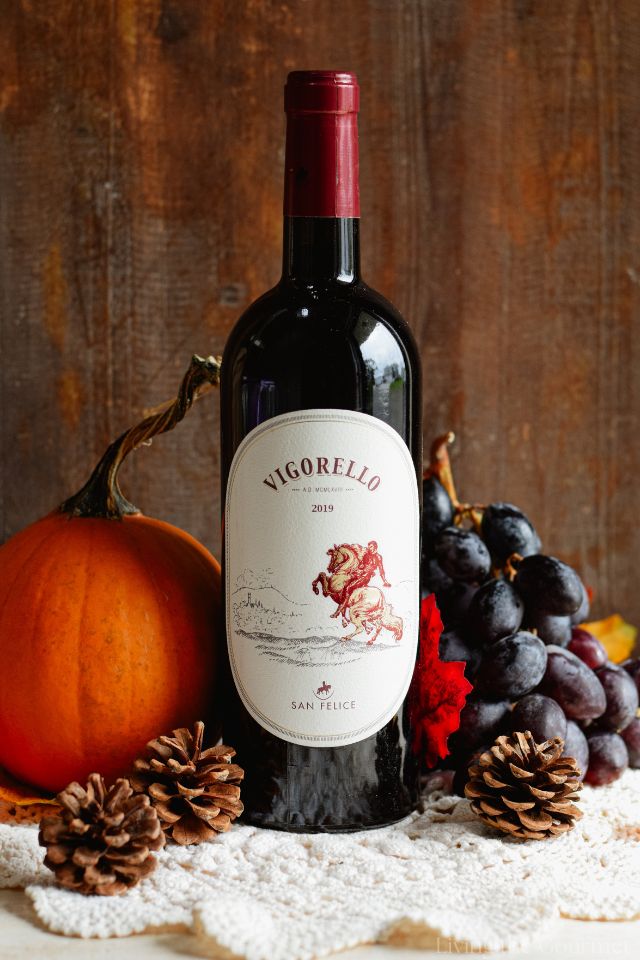
The Where – Tuscany, Italy
Located in the heart of Italy, Tuscany is one of the world’s most renowned wine regions. Laying claim to both exceptional terroir and a rich history steeped in winemaking, Tuscany produces some of the world’s most prestigious, successful, and easily recognizable vintages. From sun-kissed hillsides to fertile valleys, featuring limestone-rich soil and coastal sea breezes courtesy of the Tyrrhenian Sea, Tuscany is all but tailor-made for the cultivation of grape vines.
With that in mind, Tuscany is divided across a whopping forty-one DOCs and 11 DOCGs, which are regional classification systems regulating how and where particular types of wines are made. Aside from production methods and geography, this classification system also sets rigid quality standards, including but not limited to, standardized taste testing.
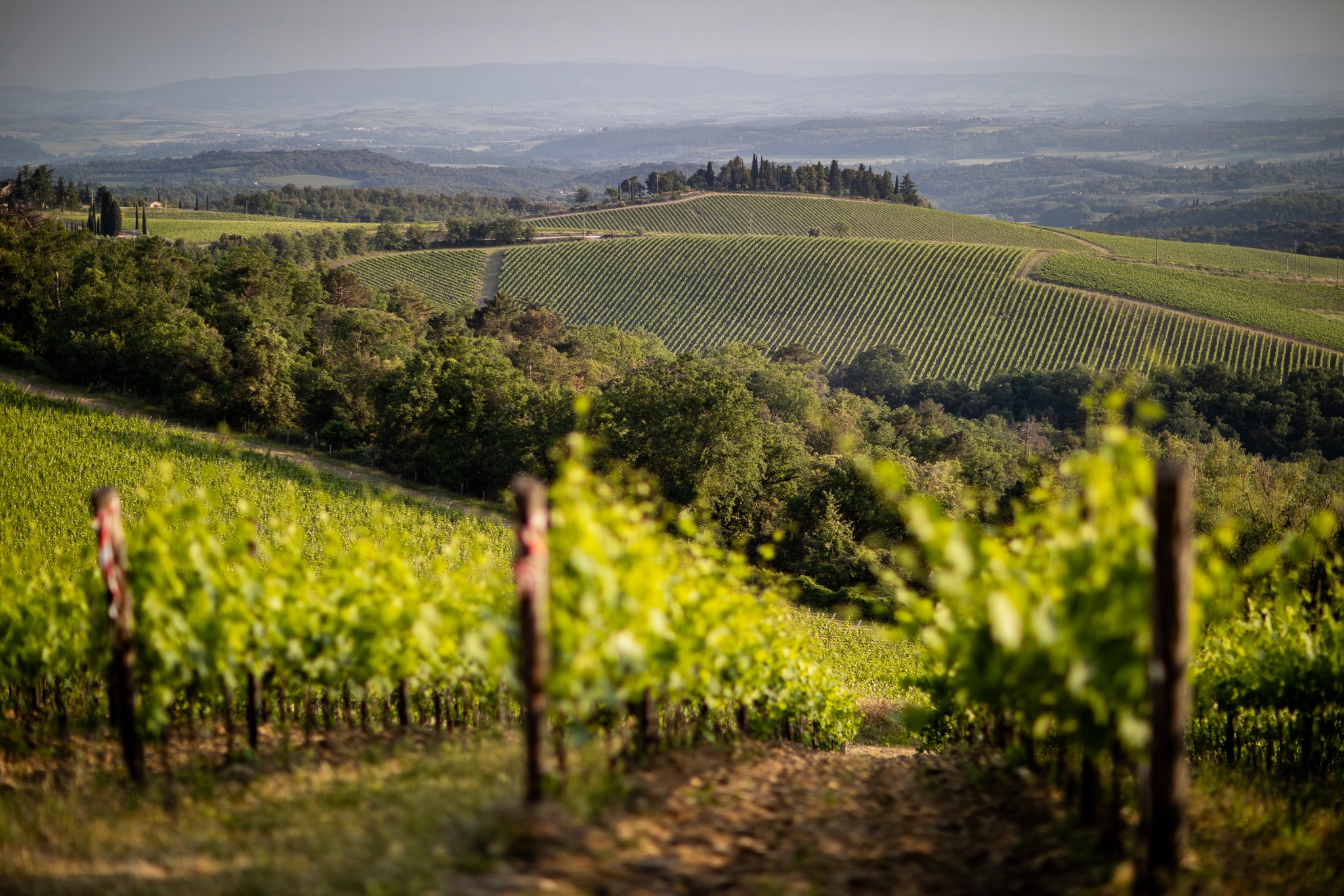
With that said, it is impossible to talk about Tuscan wine without mentioning Sangiovese, as, despite the dozens of specified production areas and methods into which the region is divided, the bedrock of Tuscan winemaking is, and has been, a single varietal – Sangiovese. Sangiovese positively dominates Tuscan winemaking, such that it is all but synonymous with Tuscan wine. Prized for its high acidity, ‘pleasantly firm’ tannins, and natural balance, a quality wine based on Sangiovese will evoke images of ripe dark cherries and black stonefruit, perforated with a bouquet of herbal notes. Chianti, Vino Nobile di Montepulciano, and Brunello di Montalcino (all of which we’ve reviewed here on Living the Gourmet over the years) are just a few of the world-renowned wines produced from Sangiovese.
However, Sangiovese is definitely ‘not’ all there is to Tuscan winemaking. For example, the 1970s saw the rise of ‘Super Tuscans,’ an unofficial title describing several high-quality Tuscan wines that were – for one reason or another – excluded from receiving DOC or DOCG status by breaking traditional Italian winemaking norms. Regardless of local labeling (or lack thereof), a number of these wines achieved critical acclaim, as well as commercial success, and ended up becoming ‘cult wines’ that commanded high prices. Over the ensuing decades some of these ‘Super Tuscans’ were granted DOC or DOCG status – although it can be argued that such status detracted from their ‘cult’ mystique as ‘rogue labels.’ Aside from the controversial ‘Super Tuscans,’ other wines have also seen success across Tuscany, such as Syrah, Merlot, and Cabernet Sauvignon.

Tight regulations and quality standards aside, climate is perhaps the foremost factor in Tuscany’s success. The region’s warm and temperate coastline is flanked by inland hillsides and mountains, which help temper the region’s searing summers, which in turn contributes to increased temperature variation. This temperature variation between the hills, mountains, and warm coastline helps balance the sugars and acidity of the region’s grapes. Sangiovese performs best when it receives maximum direct sunlight, and as such the hilly terrain of the region is ideal for this grape, with the majority of the area’s vineyards being planted at elevations of between around five-hundred and sixteen-hundred feet. This higher elevation further increases temperature variance, which further increases the wine’s balance in sugar and acidity.
With our crash course on Tuscany out of the way, let’s start the wine tasting.
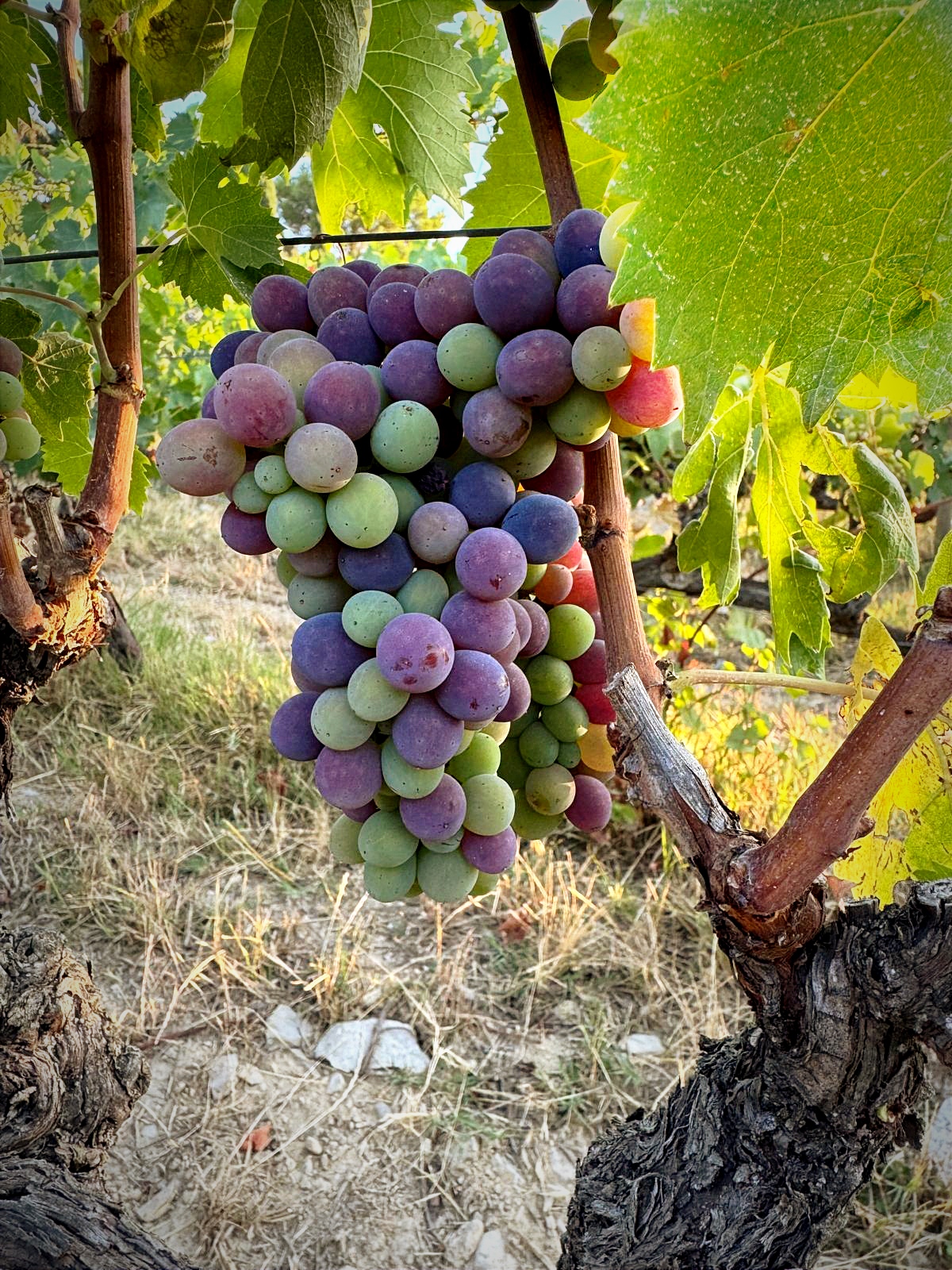
The Bottle – A Showcase
Today we’re taking a look at San Felice’s 2019 Vigorello, which is a blend of Pugnitello, Cabernet Sauvignon, Merlot, and Petit Verdot grapes.
Tasting and Aromatics – The Review
The 2019 Vigorello introduces itself with a mix of dark fruits off the top of the glass, think sliced dark or black cherries, ripe blackberries, and perhaps just a hint of either plum or perhaps currants. These fruit essences are set against an earthy backdrop, with notes of damp or tilled soil peeking through the fruit, though I would not go so far as to describe these earthy notes as the forest floor. There are also hints of oak or antique wood that help mature and tie the bouquet together, creating a layered experience that is at once complex and accessible. Deeper into the glass, there are hints of chocolate, and perhaps just a dash of coffee grind or mellow dried herbs.
On the first sip, the fruit notes are very much at the forefront of the experience, with the dark berries, especially, carrying over quite nicely. The berries are grounded and mellowed by hints of earth and herbs, creating an elegant drinking experience. In terms of body, the wine is firmly in the ‘medium’ portion of the scale, coupled with fine tannins and a lasting finish. Delicious to the last drop.
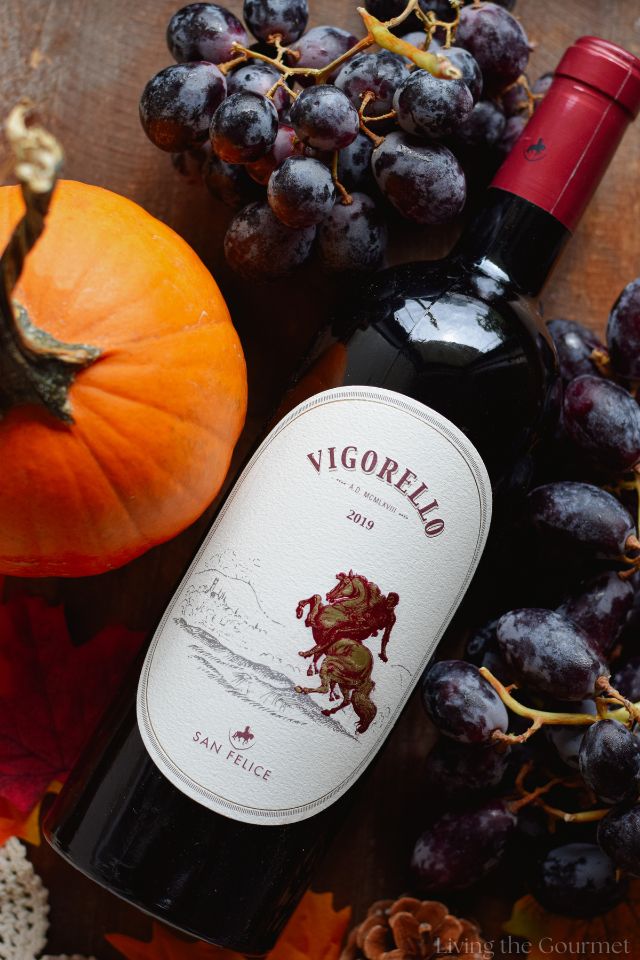
What to Eat – The Pairings
With the 2019 Vigorello, pairings such as cured meats, sharp cheeses, and dried fruit are ideal for this wine, where the smoky and herbal notes of the wine would meld deliciously with the rustic qualities of a good charcuterie board. For what I would consider to be the absolute best pairing with this wine, see my charcuterie tutorial.
Beyond that, here are my top four pairing categories for this wine:
- Classic Italian Dishes: This wine would be an excellent match for classic Italian dishes, such as pasta with tomato-based sauces, lasagna, or traditional Tuscan cuisine.
- Grilled Meats: The Cabernet Sauvignon and Merlot in this wine makes it an ideal pairing for grilled meats. Try it with a well-seasoned steak, roasted lamb, or sausages tossed with red sauce.
- Aged Cheeses: Consider pairing Vigorello with aged cheeses, such as Pecorino or Parmesan. The richness of the wine can balance the intensity of the cheese.
- Roasted Vegetables: The wine's fruitiness would work well with the sweet, caramelized flavors of roasted vegetables. Try pairing it with a medley of roasted peppers, eggplant, and tomatoes topped on crostini.
And that’s our review. If you’ve tried this or any San Felice wine, or have any questions or suggestions, please let us know in the comments below. We always love hearing from you.
Cheers!
1
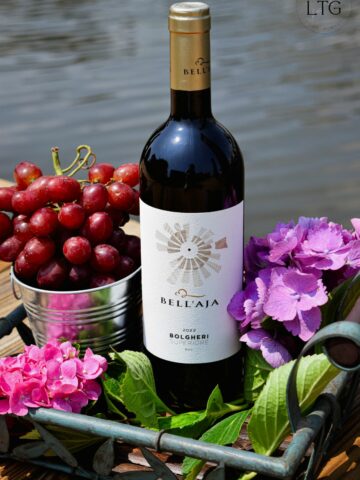
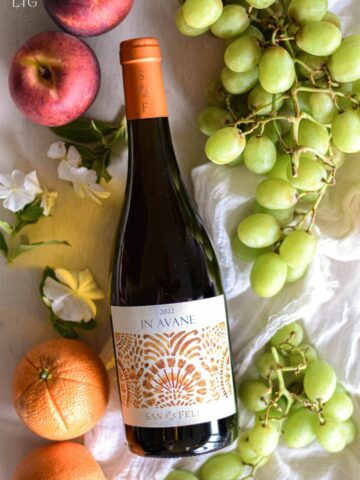
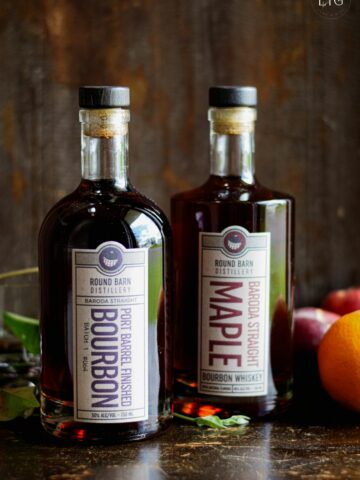

Leave a Comment